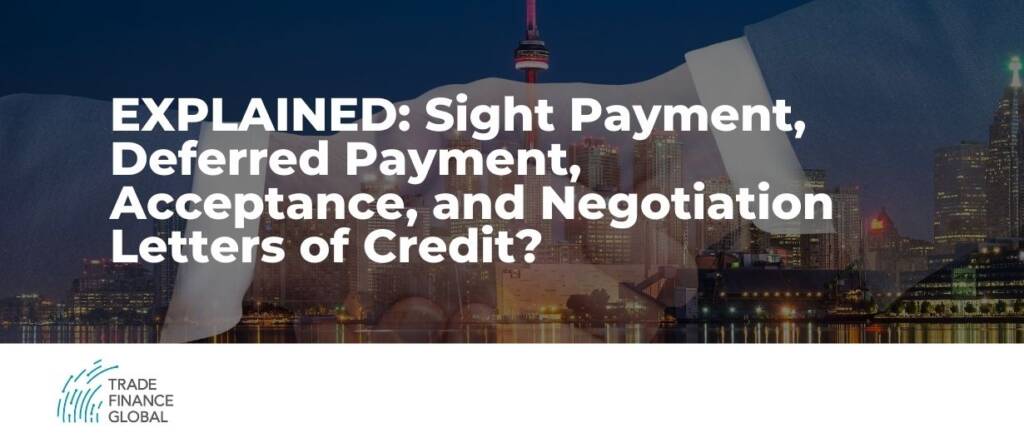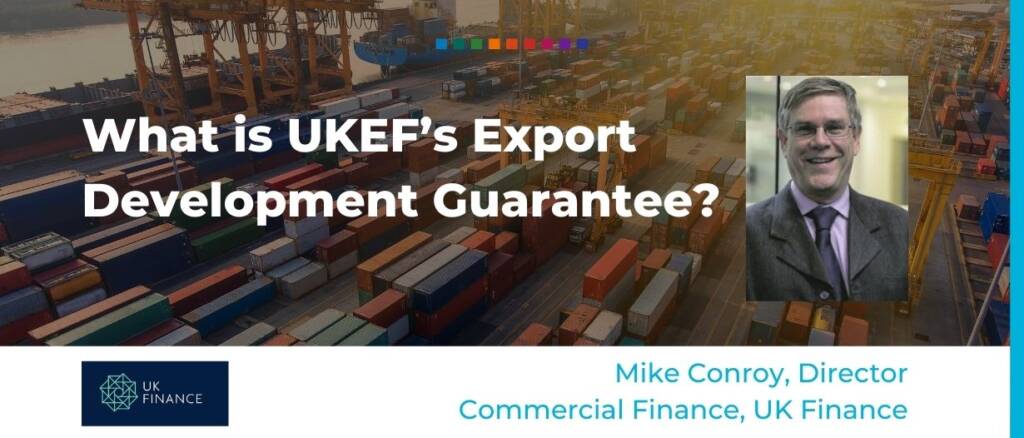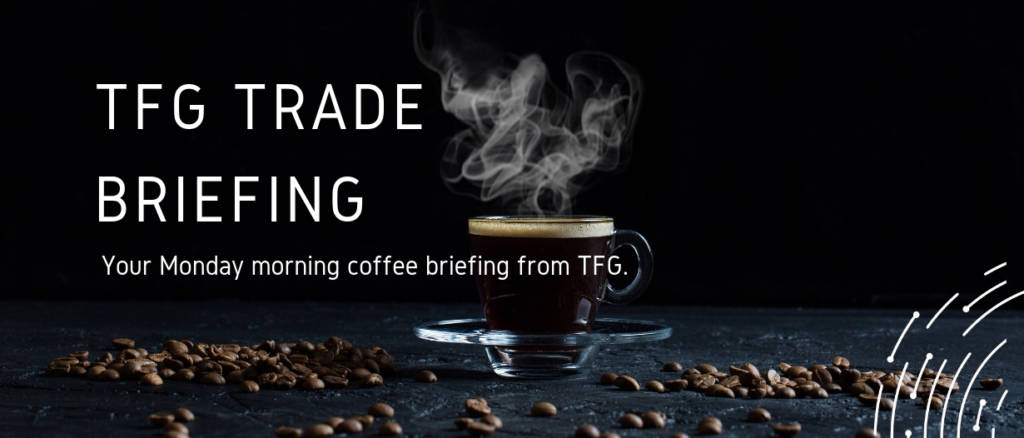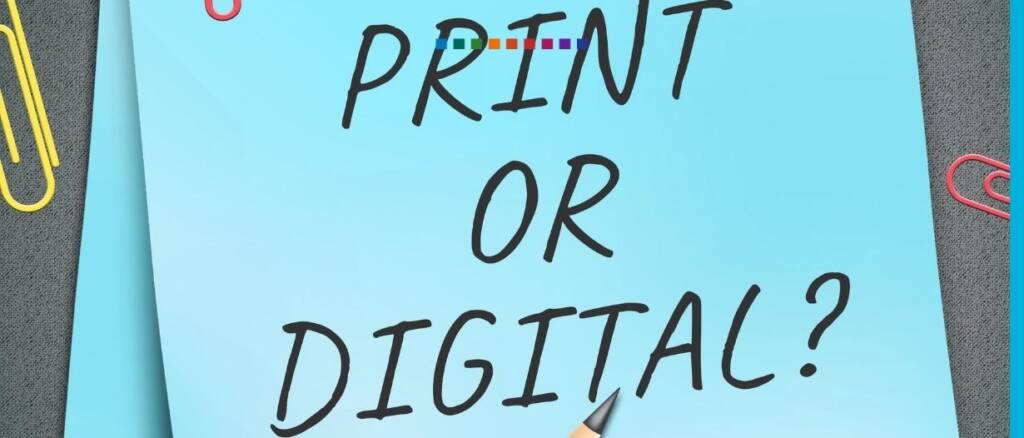Having an understanding of the types of LC availability, and the differences between them, will help the beneficiary formulate the terms of the letters of credit that it would be willing to accept, and to mention such terms in their discussions and sales contracts with their clients.
Under the Export Development Guarantee (EDG), UKEF can provide partial guarantees covering up to 80 per cent of the risk to lenders for a maximum repayment period of up to five years.
Forecasters are predicting official figures released this week will show the UK economy suffered the worst impact from the coronavirus pandemic of any major advanced economy.
Your Monday morning coffee briefing from TFG. Productivity in the UK dipped in the first quarter of the year and is likely to fall further as estimates suggest that the fall in output has been greater than the fall in hours worked. Various causes of this slowdown have been proposed including low interest rates, low investment, short-termism in the corporate sector, austerity, Brexit and mismeasurement to name but a few.
ICC has taken the lead to keep trade moving during the Covid-19 pandemic by publishing the eUCP and eURC eRules guidelines for faster and efficient trade transactions.
The only way to make Trade Finance standardisation and harmonisation opportunity to realise is to make the needed standards coordination and development resources openly available for the business process and systems developers.
Smart Currency Business have collated predictions from major banks and highlighted key factors which may influence the pound, euro and dollar in their latest quarterly forecast.
Your Monday morning coffee briefing from TFG.Almost half of all Covid-19 cases reported so far were from just three countries: the US, Brazil and India. Wearing masks became compulsory in UK shops and other enclosed public spaces. EU leaders agreed to create a €750bn EU recovery fund to support member states worst hit by COVID-19.
The Buyer’s Request for Quotation (RFQ) and the responding Seller’s Quotation (QTO) need not be a kabuki dance event that only creates the appearance of engaging in a transaction.
In the UK Boris Johnson announced a further loosening of lockdown restrictions, reopening most remaining leisure facilities and dropping advice that public transport should be used for essential journeys only.





















